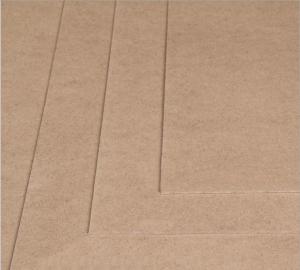Oriented Strand Board, or OSB, is a type of engineered wood that has been gaining popularity in recent years. It’s a cost-effective alternative to traditional plywood and offers a range of benefits that make it an attractive option for many builders, contractors, and DIY enthusiasts. In this article, we’ll explore the ins and outs of OSB, from its unique manufacturing process to its applications and advantages over plywood.
What is OSB?
At its core, OSB is made from strands of wood that are arranged in cross-oriented layers. These layers are then bonded together with a strong adhesive, creating a panel that is both strong and stable. Unlike plywood, which is made from thin layers of wood veneer, OSB’s structure gives it a unique set of properties that make it an excellent choice for a variety of applications.
Manufacturing Process
The process of making OSB starts with the selection of raw materials. Wood strands are created from sustainably sourced wood flakes, which are then dried and formed into mats. These mats are arranged in cross-oriented layers to ensure maximum strength and stability. The adhesive is then applied, and the mats are pressed together under heat and pressure to create the final OSB panel.
Advantages Over Plywood
One of the main advantages of OSB over plywood is its cost-effectiveness. OSB is generally less expensive than plywood, making it a popular choice for projects where budget is a concern. Additionally, OSB is known for its dimensional stability, which means it’s less likely to warp or twist over time. This makes it ideal for use in structural applications, such as flooring, roofing, and wall sheathing.
Applications of OSB
OSB has a wide range of applications in the construction and woodworking industries. It’s commonly used for sheathing walls and roofs, as well as for creating temporary work surfaces and scaffolding. Due to its strength and stability, OSB is also a popular choice for making furniture and other large-scale projects.
Durability and Weather Resistance
When it comes to durability, OSB holds its own against plywood. It’s designed to withstand the test of time, and with proper care and maintenance, it can last for many years. OSB is also treated to be resistant to moisture and decay, making it suitable for outdoor use and in areas prone to high humidity.
Environmental Impact
From an environmental perspective, OSB is a smart choice. It’s made from sustainable wood sources and is highly recyclable. This means that at the end of its life cycle, OSB can be repurposed and used to create new products, reducing waste and the overall environmental footprint.
Installation and Maintenance
Installing OSB is a straightforward process that can be done with basic tools and skills. It’s lightweight, making it easy to handle and cut to size. When it comes to maintenance, OSB requires minimal effort. Regular cleaning and the occasional application of a protective coating can help extend its lifespan.
Personal Touch
Using OSB in your projects allows you to add a personal touch. Its unique texture and appearance can be left exposed or finished with paint or other coatings to match your desired aesthetic. Whether you’re building a house, creating furniture, or working on a DIY project, OSB offers a versatile and budget-friendly option.
Final Thoughts
In conclusion, OSB is a fantastic alternative to plywood for a variety of reasons. Its cost-effectiveness, strength, dimensional stability, and environmental benefits make it an attractive choice for many. Whether you’re a professional builder or a DIY enthusiast, OSB is worth considering for your next project. So why not give it a try and see the difference it can make?

